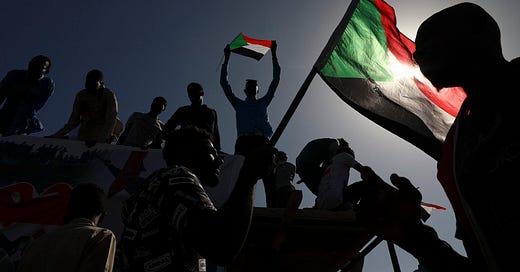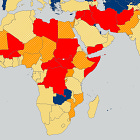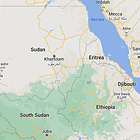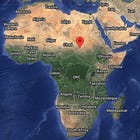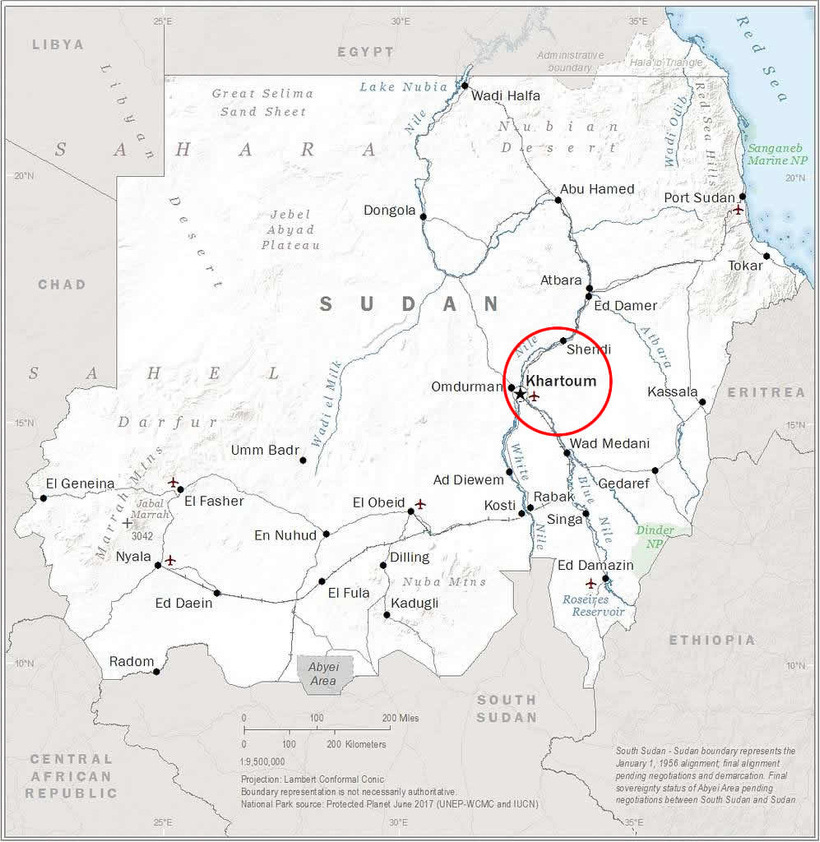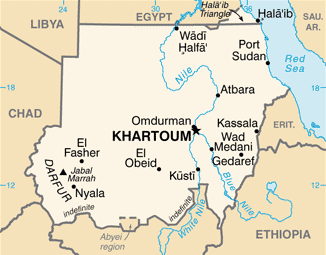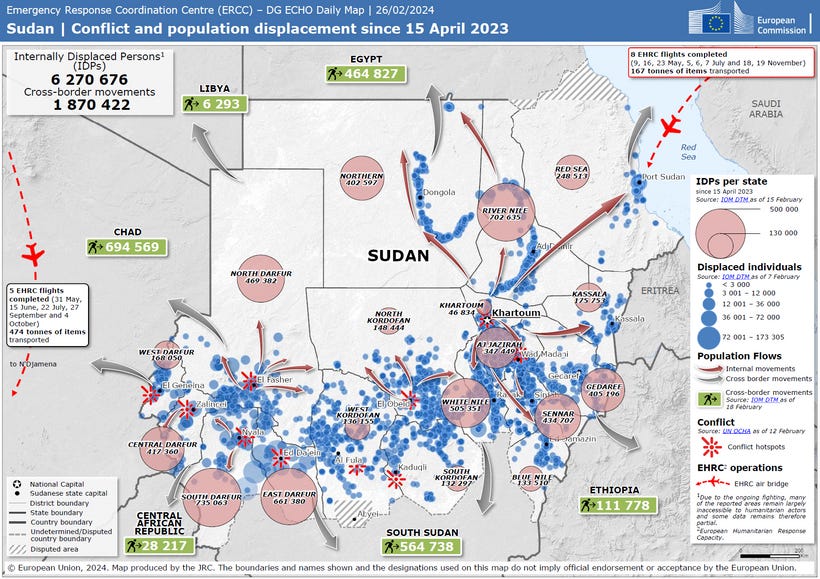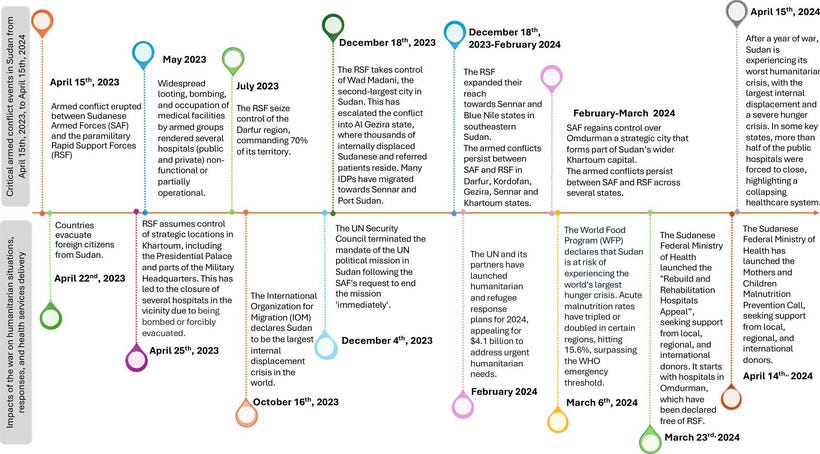Sudan’s Armed Forces Regain Control of Presidential Palace in Khartoum, Conflict Overview
SAF forces entered the presidential palace and other key sites on the eastern side of Khartoum, signaling a strategic advance after nearly two years of fighting that began in April of 2023.
KHARTOUM—Sudan’s military, the Sudanese Armed Forces (SAF), has announced it has regained control of the Presidential Palace in Khartoum, the country's capital city. This marks a significant territorial gain in the ongoing conflict with the Rapid Support Forces (RSF), a rival paramilitary group.
According to military sources cited by Reuters, SAF forces entered the presidential palace and other key sites on the eastern side of Khartoum, signaling a strategic advance after nearly two years of fighting that began in April of 2023 between SAF, led by General Abdel-Fattah Burhan, and RSF, commanded by General Mohammed Hamdan Dagalo (Hemedti).
The Republican Palace, located along the Nile River, is a historic seat of government and a symbolic landmark in Sudan, featured on the country’s banknotes and postage stamps.
The conflict has resulted in widespread violence, displacement, and a humanitarian crisis. The war stems from tensions over the transition to democratic rule following the 2019 ousting of former President Omar al-Bashir, with both factions vying for control of the country.
Prior to this development, the RSF had maintained a strong presence in Khartoum, but SAF’s recent advances indicate a shift in the battlefield dynamics.
In response, the Federal Republic of Somalia, through its Ministry of Foreign Affairs, issued a statement on March 21, 2025, expressing warm support for the SAF’s recapture of the Republican Palace. Somalia described the development as “a significant step toward preserving Sudan’s sovereignty and advancing its path toward peace and security.”
The statement reflects Somalia’s diplomatic position, consistent with its foreign policy of engaging with regional stability issues in Africa, while adhering to constitutional mandates that place foreign affairs under the purview of the federal government.
Sudan’s history, as outlined in additional reporting, is marked by decades of instability, including civil wars, military coups, and rebellions. The current conflict is the latest chapter in this pattern, following a 2005 peace agreement that ended a decades-long civil war in southern Sudan and led to South Sudan’s independence in 2011.
The 1989 coup that brought Omar al-Bashir to power and his subsequent 30-year rule, supported by Islamist factions, also shaped the country’s trajectory, culminating in protests and military tensions in 2019 that set the stage for the current war.

